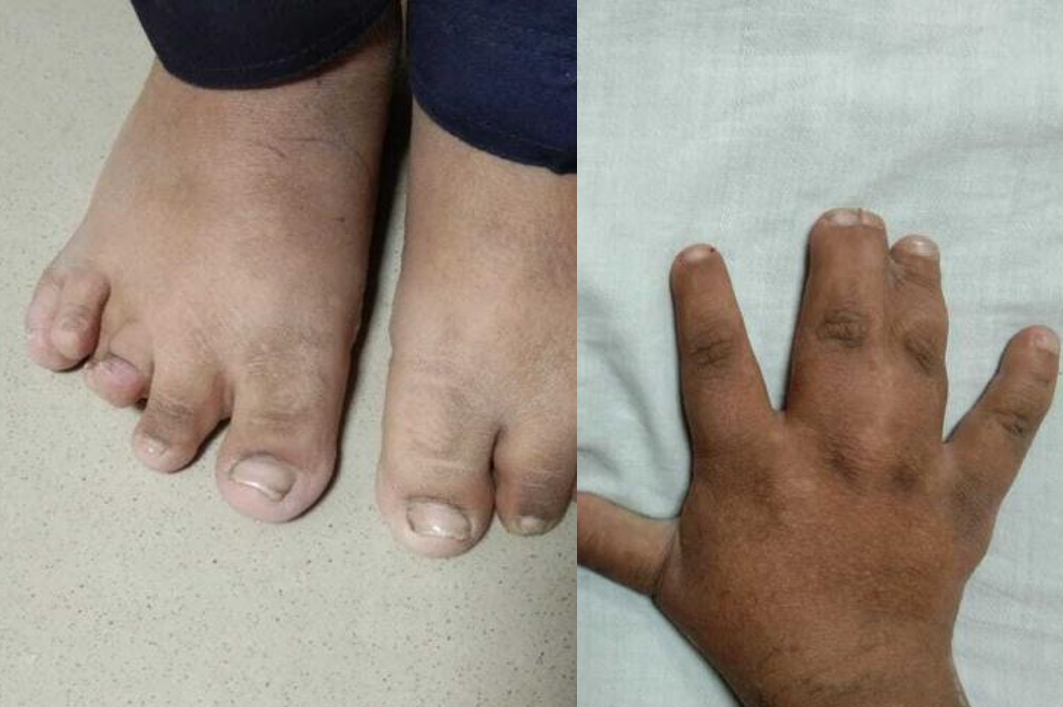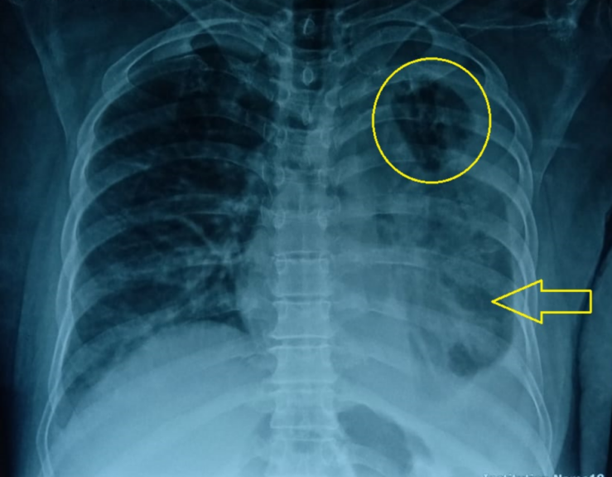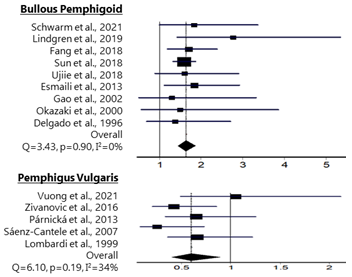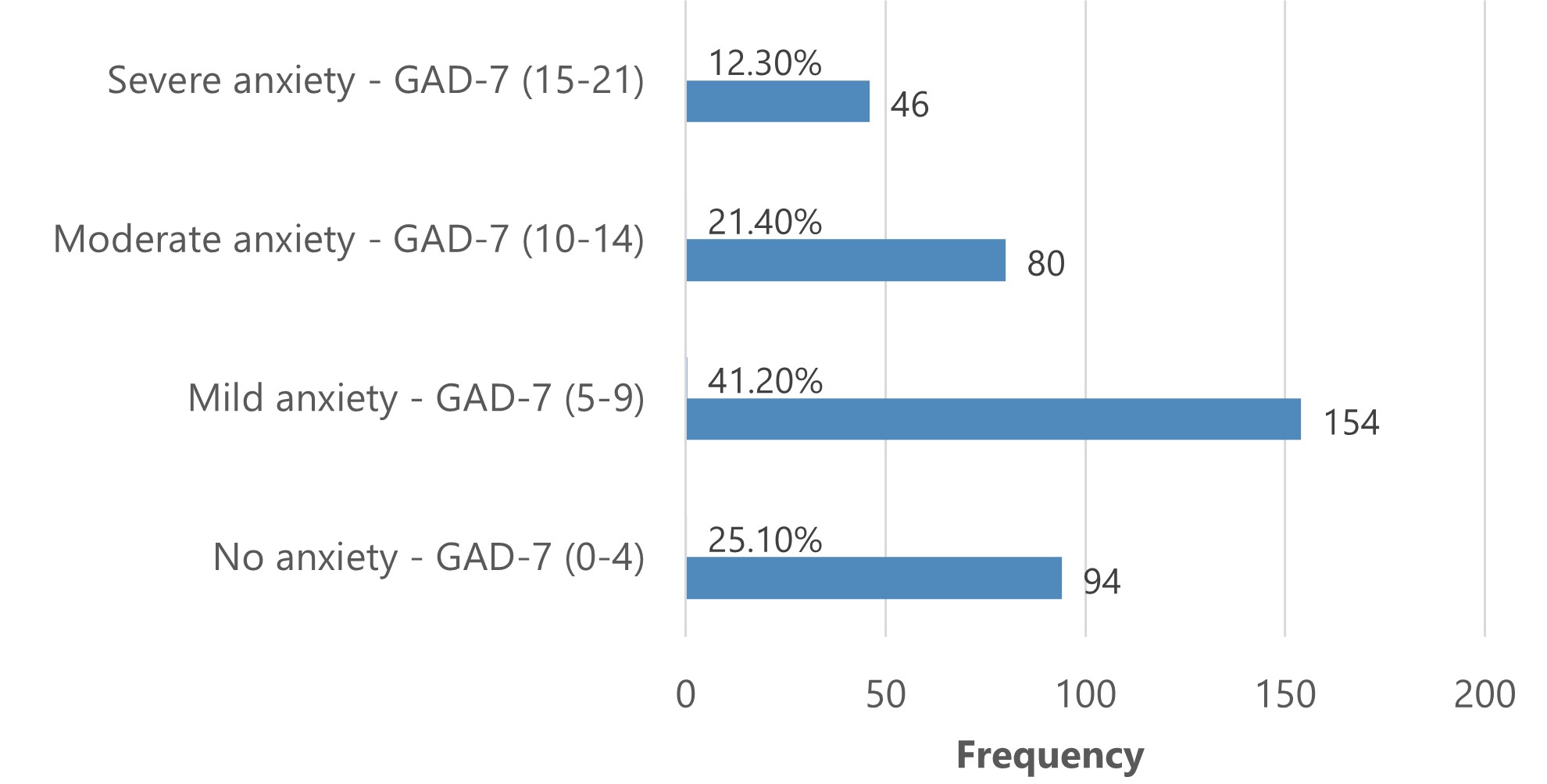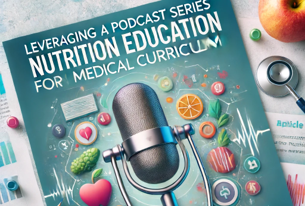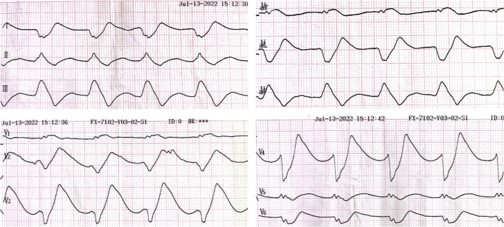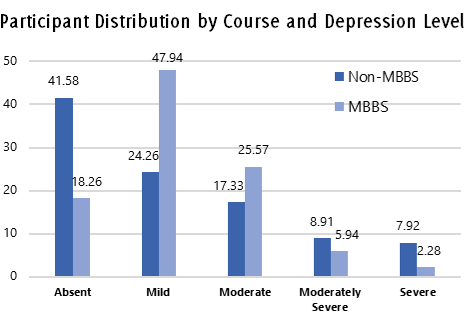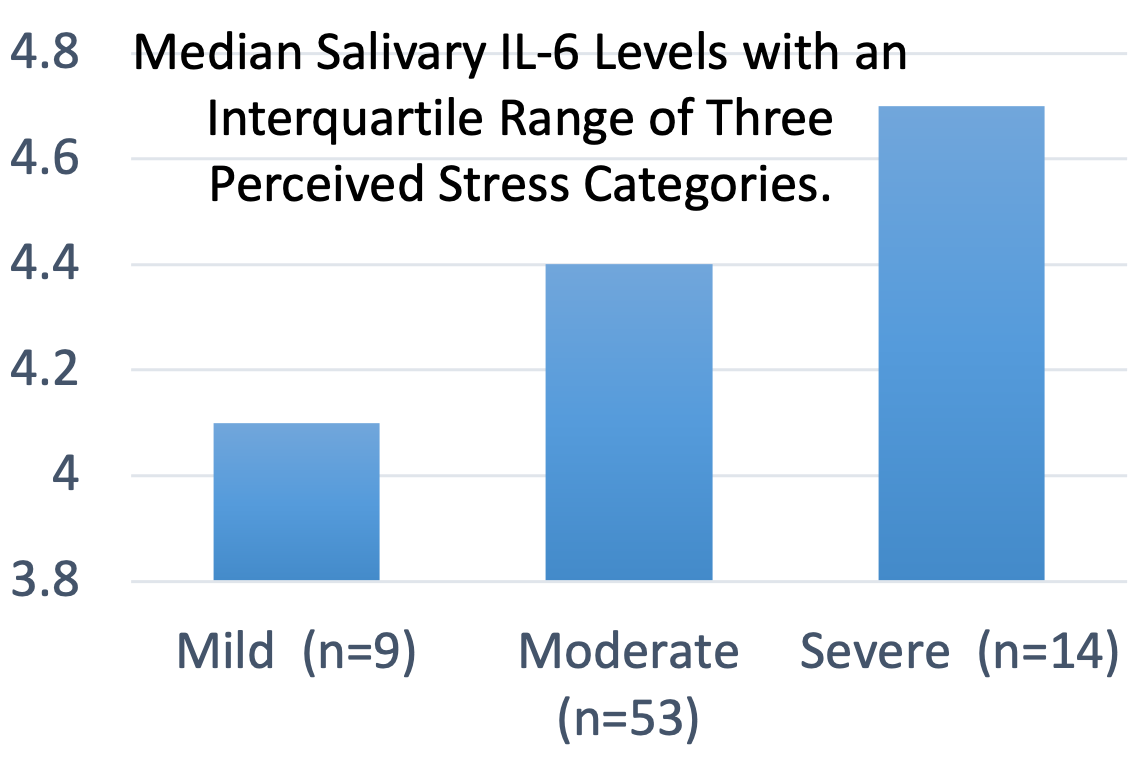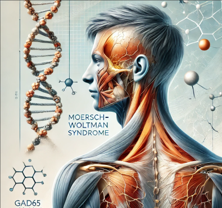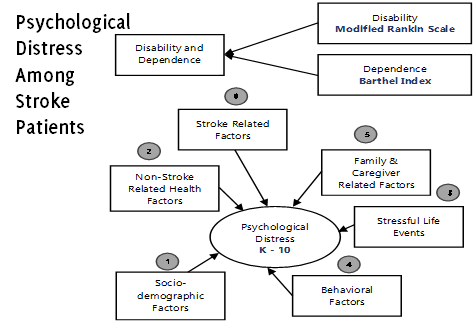New Issue Published at the International Journal of Medical Students: Volume 13, Issue 1 (2025)
Dear IJMS Readers,
We are pleased to announce the publication of Volume 13, Issue 1 (2025), featuring an array of articles that address pivotal topics in medical education and practice. This issue includes an editorial on artificial intelligence in healthcare, original research on the impostor phenomenon among medical students, discussions on bias in healthcare, and studies on medication adherence in chronic conditions....

